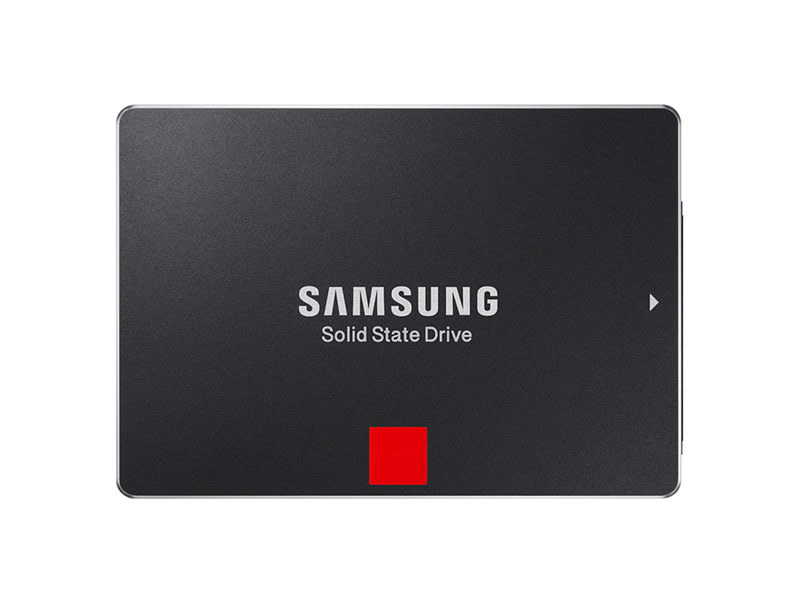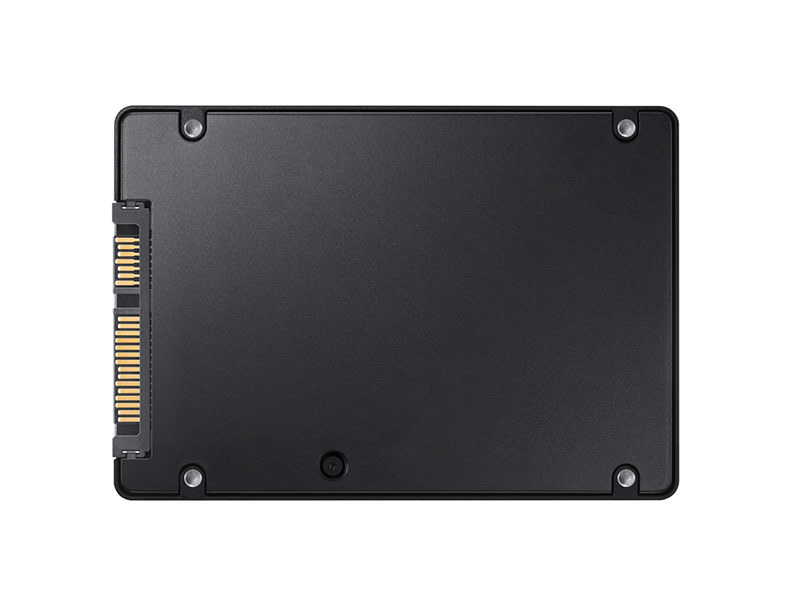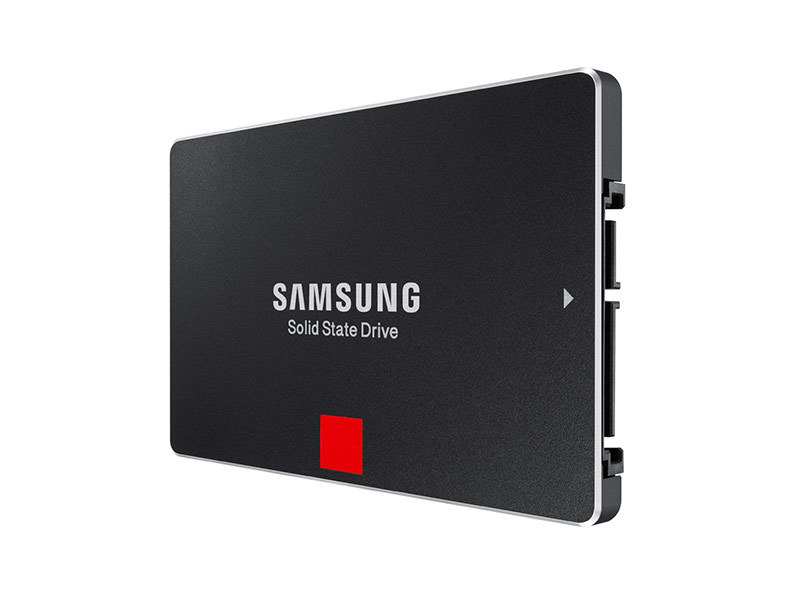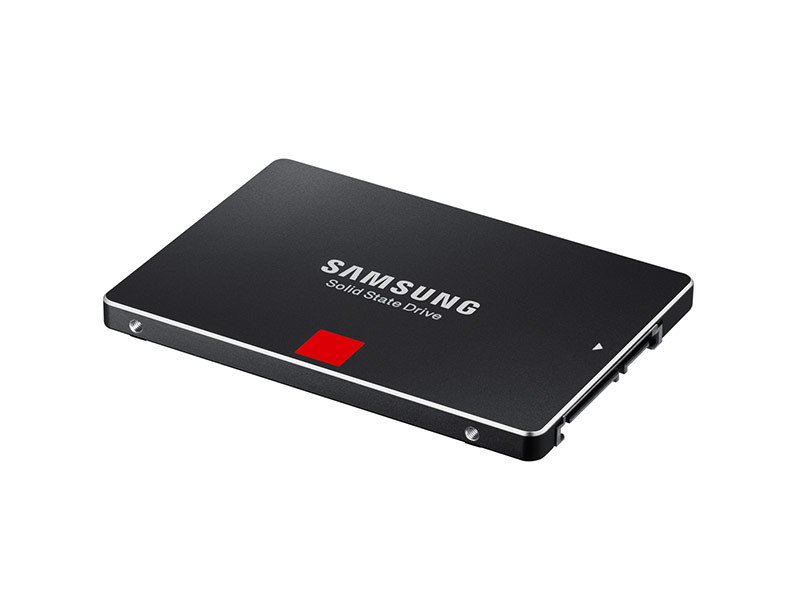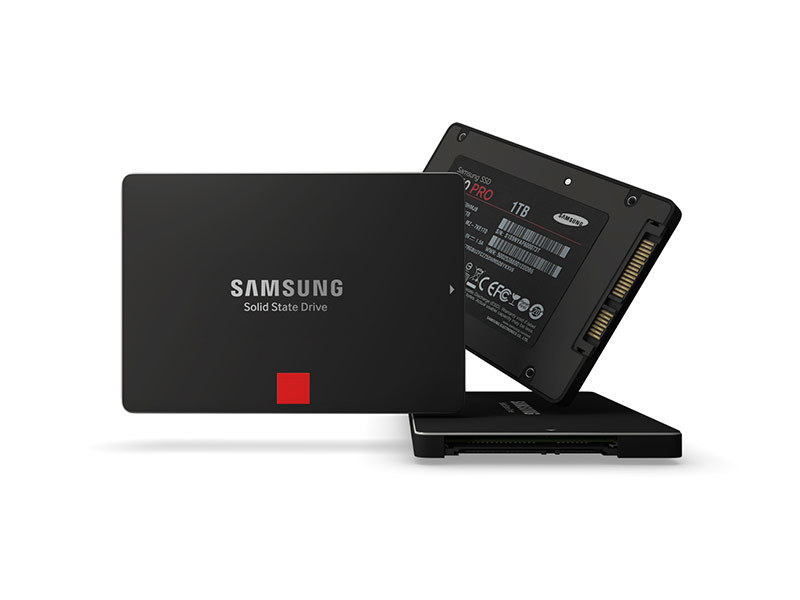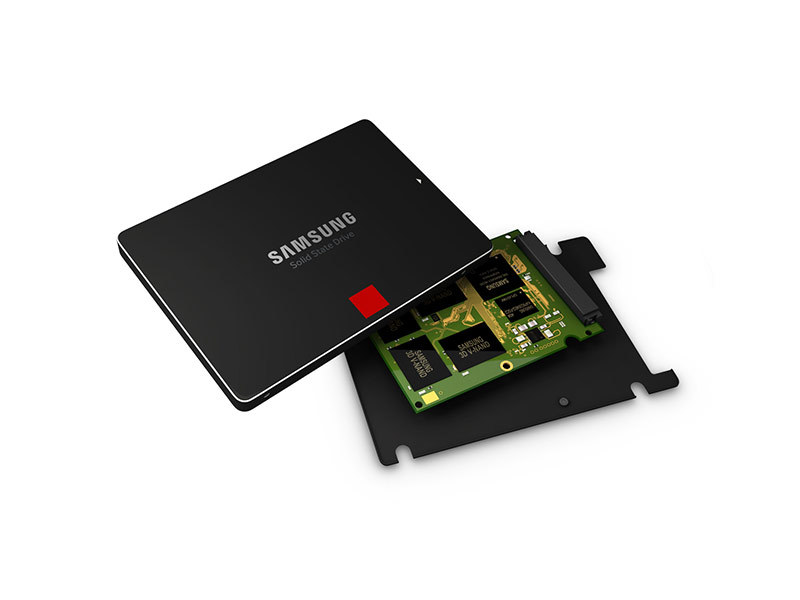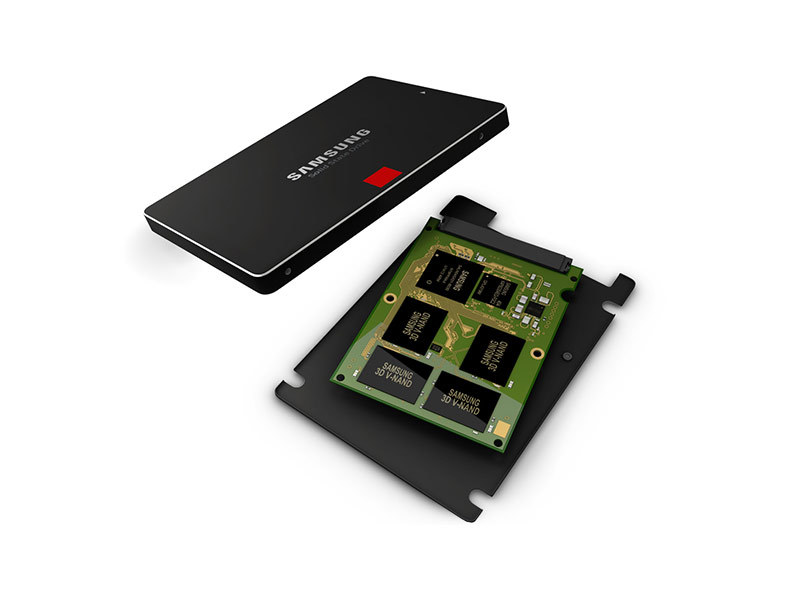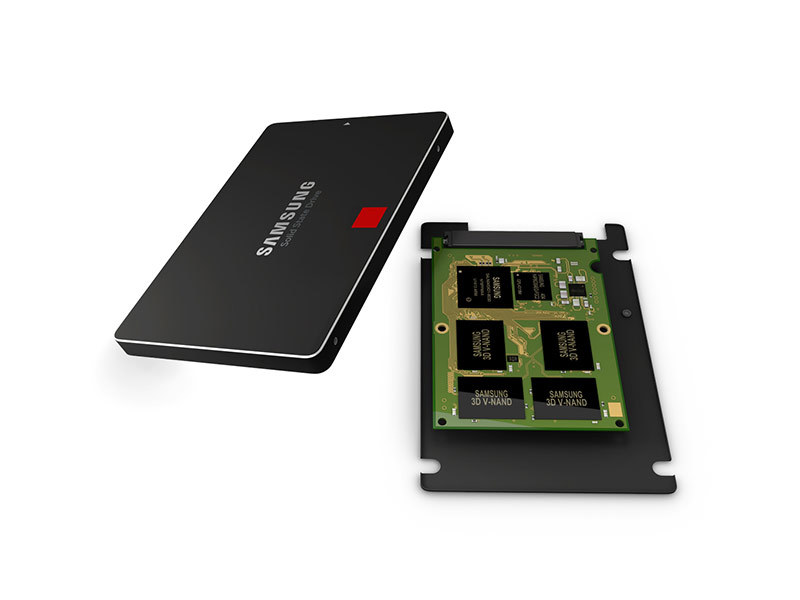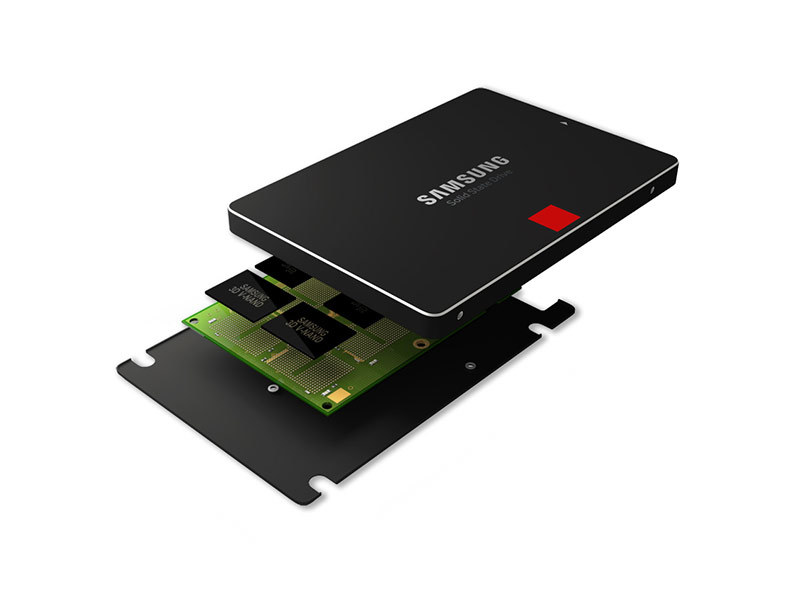High-End PC Users
What is 3D V-NAND?
When it was unveiled earlier this year, the Samsung 850 PRO SSD drew attention throughout the tech industry as the first commercially available solid-state drive to use Samsung's 3D vertical NAND flash memory technology. But what exactly is "3D V-NAND," and why is it such a big deal?
Overcoming cell-to-cell interference
In SSDs, data is stored in "cells." In order to increase the performance and capacity of SSDs, it has long been the practice to find technical means to reduce the size of these cells in order to fit more of them in the limited amount of space available in an SSD, but Samsung and other manufacturers soon began to push the limits of what was possible in terms of size reduction. Extremely small cells suffer from cell-to-cell interference, leading to increased instances of errors and increased power usage. Additionally, the technology required to construct ultra-small cells runs into hard physical barriers having to do with the light wavelengths used in the construction process, so at a certain point it simply isn't feasible to make the cells any smaller. In order to continue producing more advanced SSDs, something needed to change.
That something was the invention of 3D V-NAND.
The major difference between 3D V-NAND and the traditional planar NAND that came before is a matter of stacking. Samsung's proprietary V-NAND technology, as used in the 850 PRO, involves stacking 32 cell layers of cells on top of one another. Stacking the cell layers in this way allows for greater density and increased performance without an increase in size, while overcoming the interference and manufacturing challenges which had previously been limiting progress.
Setting new standards
With the 3D V-NAND innovation, Samsung has been able to produce a high-density drive that sets new standards for performance and energy efficiency. According to Samsung's tests, the 850 PRO consumes only about 0.4 watts of power when in idle mode, and the included LPDDR2 cache memory consumes 30 percent less power when active and 93 percent less power when idle than typical DDR2 or DDR3 memory.
Samsung describes the difference between 3D V-NAND and traditional planar NAND as the difference between high-rise buildings and blocks of one-story houses. Rather than continuing to attempt to pack more and more "houses" into a limited space, Samsung started thinking vertically – and revolutionized the SSD industry as a result.



